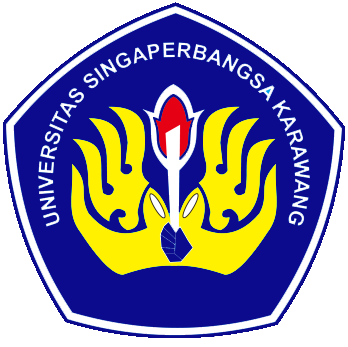Submissions
Submission Preparation Checklist
As part of the submission process, authors are required to check off their submission's compliance with all of the following items, and submissions may be returned to authors that do not adhere to these guidelines.- The submission has not been previously published, nor is it before another journal for consideration (or an explanation has been provided in Comments to the Editor).
- The submission file is in OpenOffice, Microsoft Word, or RTF document file format.
- Where available, URLs for the references have been provided.
- The text adheres to the stylistic and bibliographic requirements outlined in the Author Guidelines
- The manuscript’s similarity index must be below 20%, as verified by a recognized plagiarism detection software (e.g., Turnitin).
- The references cited should predominantly consist of recent sources, published within the last five years, accounting for at least 50% of a minimum total of 20 references included in the manuscript.
Copyright Notice
Authors who publish in PharmaCine: Journal of Pharmacy, Medical and Health Science agree to the following terms:
- Authors retain copyright and grant the journal right of first publication with the work simultaneously licensed under a Creative Commons Attribution-ShareAlike 4.0 International License that allows others to share the work with an acknowledgment of the work's authorship and initial publication in this journal.
- Authors can enter into separate, additional contractual arrangements for the non-exclusive distribution of the journal's published version of the work (e.g., post it to an institutional repository or publish it in a book), with an acknowledgment of its initial publication in this journal.
- Authors are permitted and encouraged to post their work online (e.g., in institutional repositories or on their website) prior to and during the submission process, as it can lead to productive exchanges, as well as earlier and greater citation of published work (See The Effect of Open Access).
PharmaCine : Journal of Pharmacy, Medical and Health Science by https://journal.unsika.ac.id/ is licensed under a Creative Commons Attribution-ShareAlike 4.0 International License.
You are free to:
- Share, copy and redistribute the material in any medium or format
- Adapt, remix, transform, and build upon the material for any purpose, even commercially.
- The licensor cannot revoke these freedoms as long as you follow the license terms.
Privacy Statement
The names and email addresses entered in this journal site will be used exclusively for the stated purposes of this journal and will not be made available for any other purpose or to any other party.







 Bachelor of Pharmacy Study Program, Faculty of Health Sciences, Universitas Singaperbangsa Karawang
Bachelor of Pharmacy Study Program, Faculty of Health Sciences, Universitas Singaperbangsa Karawang
